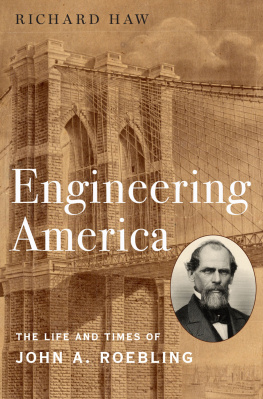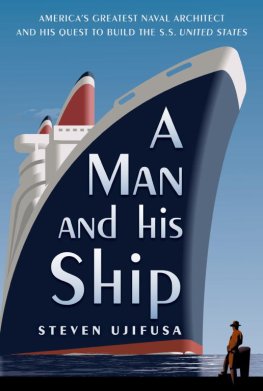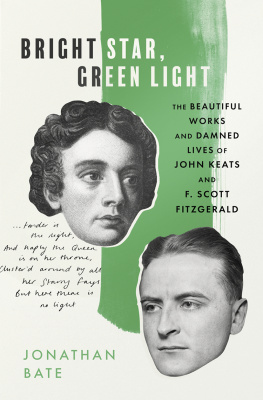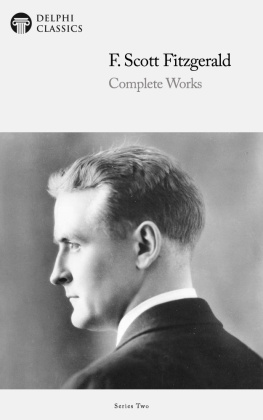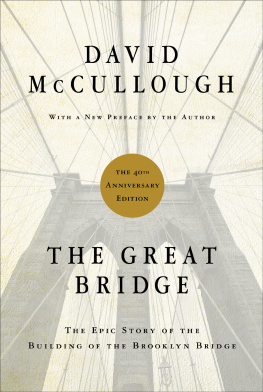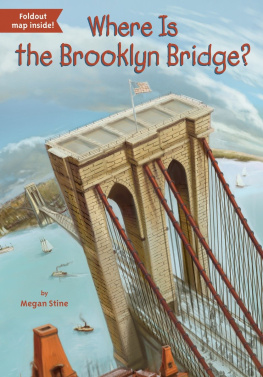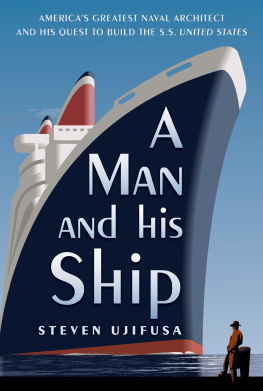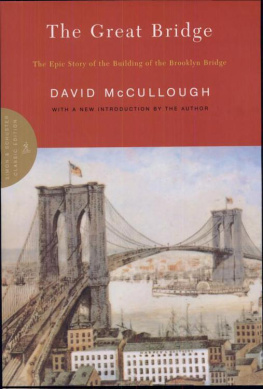Engineering America

Oxford University Press is a department of the University of Oxford. It furthers the Universitys objective of excellence in research, scholarship, and education by publishing worldwide. Oxford is a registered trade mark of Oxford University Press in the UK and certain other countries.
Published in the United States of America by Oxford University Press
198 Madison Avenue, New York, NY 10016, United States of America.
Oxford University Press 2020
All rights reserved. No part of this publication may be reproduced, stored in a retrieval system, or transmitted, in any form or by any means, without the prior permission in writing of Oxford University Press, or as expressly permitted by law, by license, or under terms agreed with the appropriate reproduction rights organization. Inquiries concerning reproduction outside the scope of the above should be sent to the Rights Department, Oxford University Press, at the address above.
You must not circulate this work in any other form and you must impose this same condition on any acquirer.
CIP data is on file at the Library of Congress
ISBN 9780190663902
eISBN 9780190663926
For Ella, with all my love
Whenever necessity calls for new works of art, new expedients will be discovered, adapted to the occasion. It will no longer suit the spirit of the present age to pronounce an undertaking impracticable. Nothing is impracticable, which is within the scope of natural laws.
John A. Roebling, 1852
Contents
This is my first biography, and Im really not sure how I would have gotten on without the assistance of dozens of local historians, archivists, and other enthusiasts. It also took me so long to write that I have no idea if any of these wonderfully helpful people are still where I first encountered them. Even so, in an effort to express my heartfelt thanks, Ill risk my ignorance. Many thanks to, in no particular order: Amy Rupert, Jenifer Monger, and Tammy Gobert at the Institute Archives and Special Collections, Rensselaer Polytechnic Institute; Fernanda Perrone, Helene van Rossum, David Kuzma, and Christine A. Lutz at Special Collections and University Archives, Rutgers University Libraries; Lisa Lazar, Mary Jones, and Tim Breslin at the John Heinz History Center / Historical Society of Western Pennsylvania; Lu Eisler at the Butler Public Library; Sara Jane at the Butler County Historical Society; Douglas Bosley from the National Park Service; Albert M. Tannler at the Pittsburgh History and Landmarks Foundation; Sarah Buffington at Old Economy Village; everyone in the Kentucky History Department at the Kenton County Public Library, Covington, and in the microfilm and local history departments at the Hamilton Public Library in Cincinnati; everyone at the Cincinnati Historical Society Library, especially MLissa Kesterman; the late David Shayt from the Smithsonian Institution; Anke Weisbrich at the Mhlhuser Museen; Cynthia Van Ness at the Buffalo and Erie County Historical Society; Nancy Conod at the Minisink Valley Historical Society; Sarah Piccini and Mary Ann Moran-Savakinus at the Lackawanna Historical Society; Laura R. Brooks at the University of Pittsburgh; Sandy Marsh at the Ellenville Public Library and Museum; Carol Salomon and Katie Blumenkrantz at the Cooper Union Library; Andrew Porteus and Linda Reinumagi at the Niagara Falls Public Library; Aaron McWilliams at the Pennsylvania State Archives; Varissa McMickens Blair and Martha Moore at the Roebling Museum; Kaitlyn Pettengill at the Historical Society of Pennsylvania; Kathleen Dow and Kate Hutchens at the Special Collections Library, University of Michigan; all the members of the Lloyd Sealy Library at John Jay College of Criminal Justice, especially Karen Okamoto, who unfailingly delivered my interlibrary loan requests; and to everyone else who answered questions, pulled materials, found microfilms, or otherwise helped guide me around their archives and resources but whose names I embarrassingly failed to write down. Thank you all for your time, your goodwill, and your help.
In other capacities, Bob Kaltenhauser took time out to kindly show me around Saxonburg. Josiah Simon was an invaluable help with translation. Tonie Malone, Bernd Nebel, James Storrow, and Clifford Zink were all generous enough to reply to emails and send me materials. I have by now spent hours and hours talking over the project with David Nye and Erica Wagner, and their insights and input have enriched this book enormously. Betsy Gitter helped me think about Johanna. Jerry Markowitz read all the early chapters, offering excellent counsel and invaluable support. Several PSC-CUNY Research Awards, a grant from John Jays Office for the Advancement of Research, and a CUNY Book Completion Award were all crucial in securing images and permissions and sponsoring research trips. At Oxford University Press, Dave McBride offered good advice and great friendship. Susan Ferbers enthusiasm was a real boon, while her editing was a marvel of skill, patience, and good grace, especially after my word count came in so extravagantly over budget. Thank you all.
I owe a huge debt to all who have written or thought about the Roeblings (and nineteenth-century suspension bridges) over the years: Dave Billington, Francis E. Griggs, Eda Kranakis, Emory Kemp, David McCullough, Tom F. Peters, and Henry Petroski especially. My understanding of Johns life in Germany would be much the pooreras would everyone elseswithout the diligent and painstaking work of Nele Guentheroth, Andreas Kahlow, Eberhard Grunsky, and Christiane and Horst Vielhaber. The late Don Sayenga has long set the standard for researching and thinking about the Roeblings. He read every chapter with boundless enthusiasm and great warmth and heart. This book is much better for all his help, as was the experience of writing it. He was a wonderful personkind, funny, generousand I am immeasurably proud to have called him my friend and equally sad that he did not live to see this work published.
At John Jay, I have been lucky to find great friends in all sorts of places. For their excellent good cheer and for almost always knowing when I needed a drink, I would like to thank Priscila Acuna, Valerie Allen, Michael Blitz, Erica Burleigh, Alexa Capeloto, Susannah Crowder, Yasmin Dalisay, Katie Gentile, Amy Green, David Green, Devin Harner, Chris Head, Lila Kazemian, Nathan Lents, Pat Licklider, Christen Madrazo, John Matteson, Jean Mills, Paul Narkunas, Allison Pease, Adriana Prez, Nina Rose Fischer, Dennis Sherman, Karen Terry, and Liza Yukins. Caroline Reitz especially has spent hours talking about John Roebling and the nineteenth century with me. She read the entire manuscript, offering all sorts of brilliant suggestions along the way. I will never be able to thank her enough for her love and support.
This book is dedicated to my daughter, Ella. She was born during the very early stages of writing the book and has shown great patience with her dada over the years since then. She is the light in my world and the laughter in my heart. While theres much less Harry Potter in this book than I suspect shed prefer, I hope she eventually finds something to like about it anyway.
Engineering America
Fitting Ones Self to the New World
On May 23, 1831, the transatlantic packet boat August Eduard sailed up the Wesser River, edged past Bremerhaven, and glided out into the North Sea. On board were a random collection of German tradesmen: watchmakers, cobblers, farmers, tanners. Some were intellectuals, many were dreamers; all were bound for a new life in the New World. Most of the travelers belonged to the Mhlhausen Emigration Society and hoped to set up camp somewhere in the United States. Their leader was a twenty-four-year-old construction-site supervisor who failed to finish university, had been unemployed for almost three years, and had never previously traveled more than a couple of hundred miles from the town of his birth. His name was Johann August Rbling.

